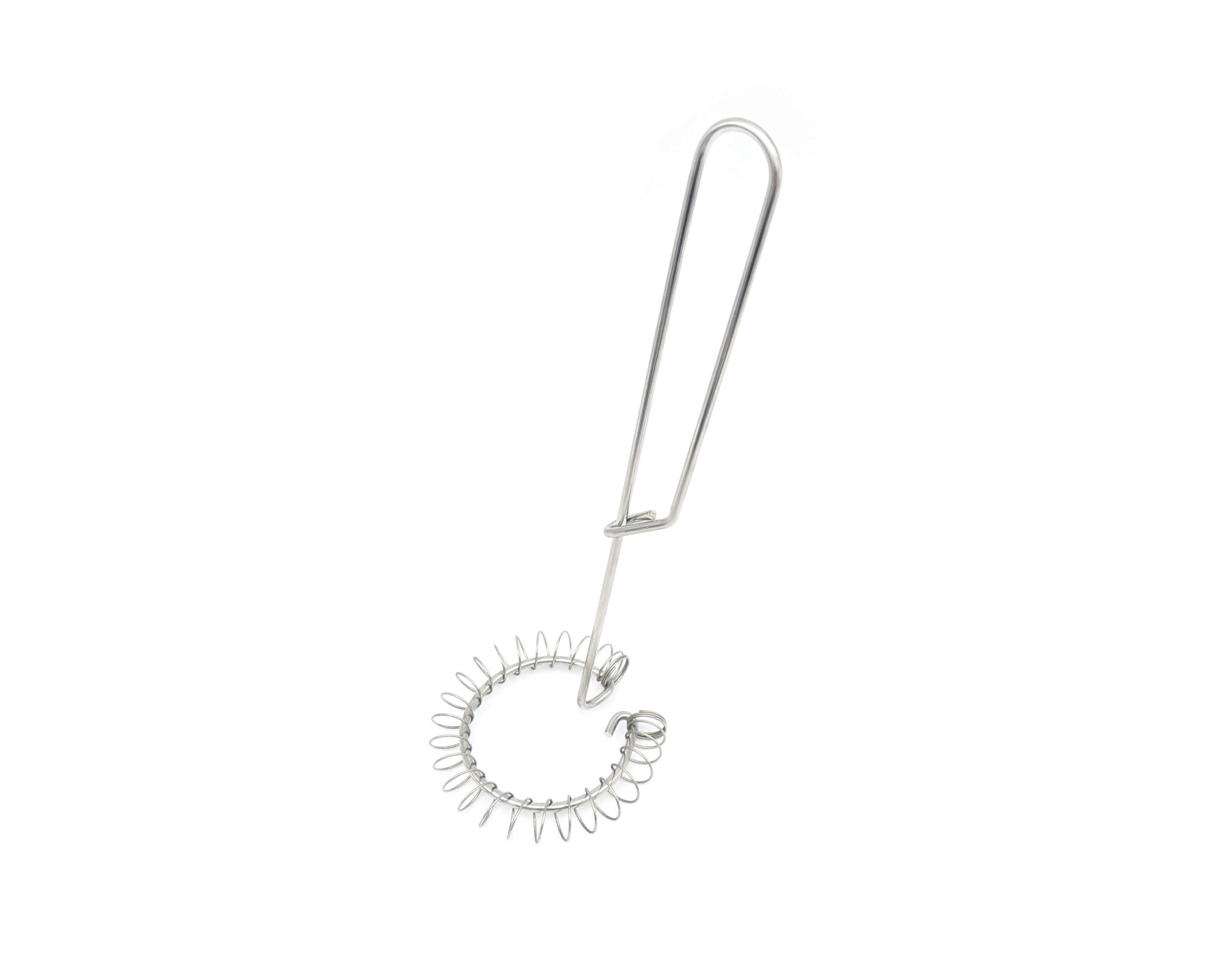Get unique, complex parts easily. No matter your requirements, Chaoyi Spring creates hard-to-produce coil springs and wire forms.
Let us help you create the custom wire form you need, from S-hooks and J-hooks to utility hooks and more.
We work closely with customers across a wide range of industries, helping them design and manufacture made-to-order parts.
Why choose Chaoyi Spring? We prioritize customer-focused collaboration, modern equipment and the latest technology to make your parts per print.
Find the information and guidance you need, from measuring a spring to learning about materials, placing an order and much more.
From the delicate hairspring of a watch to the sturdy coil spring in a car's suspension, springs are ubiquitous in our lives. They provide the force needed to propel objects,


From the delicate hairspring of a watch to the sturdy coil spring in a car's suspension, springs are ubiquitous in our lives. They provide the force needed to propel objects, dampen vibrations, and even store energy. But have you ever stopped to ponder the tension within a spring, the unseen force that governs its behavior? Let's embark on a journey to unravel the mysteries of spring tension, exploring its workings and its profound impact on our world.

Tension, in the context of a spring, refers to the internal force that resists deformation. This force arises from the elastic properties of the spring material, which allows it to stretch or compress under load and then return to its original shape when the load is removed. The key to understanding spring tension lies in the concept of Hooke's Law, a fundamental principle in physics.
Robert Hooke, a brilliant English scientist, discovered that for small deformations, the tension in a spring is directly proportional to the amount of stretch or compression. This relationship, known as Hooke's Law, is expressed mathematically as F = -kx, where F is the force, k is the spring constant (a measure of the spring's stiffness), and x is the displacement from the equilibrium position.
The spring constant k is a crucial parameter that determines how much force is required to deform the spring by a certain amount. A higher spring constant indicates a stiffer spring, requiring greater force for the same displacement. Conversely, a lower spring constant signifies a more compliant spring, requiring less force for the same deformation.
Springs come in a variety of shapes and sizes, each tailored to specific applications. The tension in a spring is not only influenced by its material and spring constant but also by its design. Here are some common types of springs and how their tension manifests:
Compression springs, as their name suggests, are designed to resist compressive forces. Imagine a coil spring in a car's suspension; when the car hits a bump, the spring compresses, storing energy. The tension in the spring increases as it is compressed, pushing back against the force of the bump and ultimately restoring the car to its original position.
Extension springs are designed to resist tensile forces. Think of a spring used in a garage door opener; it stretches as the door is lifted, storing energy. The tension in the spring increases as it is stretched, pulling back against the weight of the door and ultimately lowering it back down.
Torsion springs resist twisting forces. Picture a spring used in a door hinge; it twists as the door opens, storing energy. The tension in the spring increases as it is twisted, pushing back against the force of the opening door and ultimately returning it to its closed position.
Spring tension is a critical factor in countless applications, from the precision of watches to the safety of car suspensions. Here are some key areas where tension plays a vital role:
Springs are excellent energy storage devices. When a spring is compressed or stretched, it absorbs energy, which can then be released to perform work. This principle is employed in countless applications, including:
Springs can effectively dampen vibrations by absorbing energy and converting it into heat. This property is crucial in many applications, including:
Springs are used in countless applications where precision and control are essential. The tension in a spring can be carefully calibrated to provide the desired force or movement. This is evident in:
While Hooke's Law provides a solid foundation for understanding spring tension, there are situations where its limitations come into play. For example, when a spring is stretched or compressed beyond its elastic limit, it may deform permanently or even break. Additionally, factors like temperature and fatigue can affect the tension in a spring over time.
The study of spring tension is a fascinating journey that delves into the world of physics and engineering. It helps us appreciate the intricate workings of the world around us, from the simple act of opening a door to the complex mechanisms of modern machines. Next time you encounter a spring, remember the unseen force that lies within it, shaping our world in countless ways.
Tension of the spring, a seemingly simple concept, underpins a vast array of technologies and applications. From the tiny springs in a watch to the massive springs in a suspension bridge, the tension in these elastic marvels plays a vital role in our modern world. As we continue to innovate and push the boundaries of engineering, understanding spring tension will remain paramount in shaping a future filled with wonder and possibilities.
Browse some of the custom wire forms and springs that we manufacture. Don’t see what you need? We specialize in made-to-order products that meet your application requirements.
Visit Our GalleryNeed a custom wire form or coil spring? We make it work. Fill out the contact form and a representative will respond within 1 business day. If you have a PDF or CAD file, you can submit to request a quote.